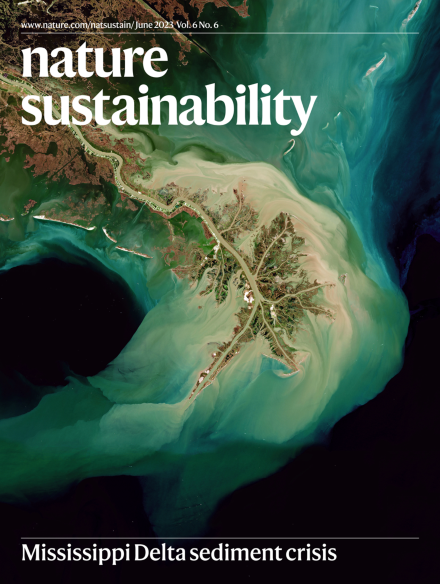Industrial-scale sustainable rare earth mining enabled by electrokinetics
IF 25.7
1区 环境科学与生态学
Q1 ENVIRONMENTAL SCIENCES
引用次数: 0
Abstract
Owing to their irreplaceable role in several essential technologies, rare earth elements (REEs) are critical raw materials for the global economy. However, the supply of REEs raises serious sustainability concerns due to the large environmental footprint of conventional mining processes. We previously proposed an electrokinetic mining (EKM) technique that could enable green and selective extraction of REEs from ores. Here we further develop this technique to industrial scale by addressing challenges related to electrode reliability and flow leakage and evaluate its mining efficiency, environmental footprint and economic performance. Moreover, a voltage gradient barrier strategy based on electroosmosis is developed to facilitate electrokinetic REEs mining. As a result, we successfully achieved a high REE recovery efficiency of 95% on a 5,000-ton REEs ore. A rigorous environmental risk assessment revealed a 95% reduction of ammonia emissions, indicating a notably reduced environmental footprint. A comparative technoeconomic analysis between the conventional and the EKM techniques demonstrates the economic viability of the EKM technique. This work validates a new sustainable path for REEs mining, paving the way to a greener resources supply. Greener mining technologies for rare earth elements (REEs) extraction are of vital importance to creating a sustainable REEs supply. Here the authors achieve industrial-scale REEs mining with reduced environmental footprint using an electrokinetic mining technique.

工业规模的可持续稀土开采是由电动力学实现的
稀土元素(ree)在一些关键技术中具有不可替代的作用,是全球经济的关键原材料。然而,由于传统采矿过程的巨大环境足迹,稀土元素的供应引起了严重的可持续性问题。我们之前提出了一种电动采矿(EKM)技术,可以实现绿色和选择性地从矿石中提取稀土。在这里,我们通过解决与电极可靠性和流动泄漏相关的挑战,进一步将该技术发展到工业规模,并评估其采矿效率、环境足迹和经济性能。此外,提出了一种基于电渗透的电压梯度屏障策略,以促进稀土电动力开采。结果,我们成功地在5000吨稀土矿石上实现了95%的高稀土回收率。严格的环境风险评估显示,氨排放量减少了95%,这表明环境足迹显著减少。传统技术和EKM技术之间的技术经济对比分析证明了EKM技术的经济可行性。这项工作验证了稀土开采的一条新的可持续道路,为更绿色的资源供应铺平了道路。稀土元素(ree)的绿色开采技术对于创造可持续的稀土供应至关重要。在这里,作者利用电动采矿技术实现了工业规模的稀土开采,减少了环境足迹。
本文章由计算机程序翻译,如有差异,请以英文原文为准。
求助全文
约1分钟内获得全文
求助全文
来源期刊

Nature Sustainability
Energy-Renewable Energy, Sustainability and the Environment
CiteScore
41.90
自引率
1.10%
发文量
159
期刊介绍:
Nature Sustainability aims to facilitate cross-disciplinary dialogues and bring together research fields that contribute to understanding how we organize our lives in a finite world and the impacts of our actions.
Nature Sustainability will not only publish fundamental research but also significant investigations into policies and solutions for ensuring human well-being now and in the future.Its ultimate goal is to address the greatest challenges of our time.
 求助内容:
求助内容: 应助结果提醒方式:
应助结果提醒方式:


